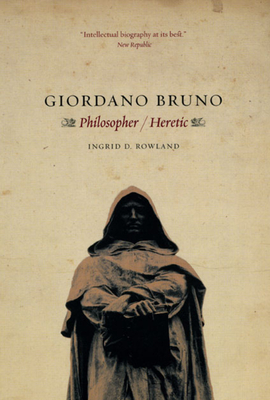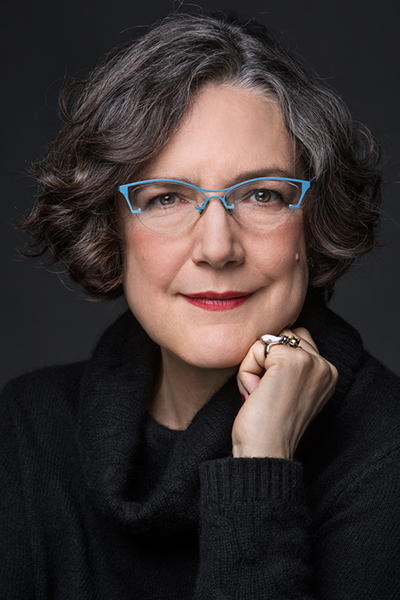

 University of Chicago Press
University of Chicago Press
Giordano Bruno: Philosopher / Heretic


Key Metrics
- Ingrid D Rowland
- University of Chicago Press
- Paperback
- 9780226730240
- 8.9 X 5.9 X 0.7 inches
- 1.01 pounds
- Biography & Autobiography > Philosophers
- English
 Secure Transaction
Secure TransactionBook Description
Giordano Bruno (1548-1600) is one of the great figures of early modern Europe, and one of the least understood. Ingrid D. Rowland's biography establishes him once and for all as a peer of Erasmus, Shakespeare, and Galileo--a thinker whose vision of the world prefigures ours.
Writing with great verve and erudition, Rowland traces Bruno's wanderings through a sixteenth-century Europe where every certainty of religion and philosophy has been called into question, and reveals how he valiantly defended his ideas to the very end, when he was burned at the stake as a heretic on Rome's Campo de' Fiori.
A loving and thoughtful account of [Bruno's] life and thought, satires and sonnets, dialogues and lesson plans, vagabond days and star-spangled nights. . . . Ingrid D. Rowland has her reasons for preferring Bruno to Copernicus, Tycho Brahe, Johannes Kepler, even Galileo and Leonardo, and they're good ones.--John Leonard, Harper's
Whatever else Bruno was, he was wild-minded and extreme, and Rowland communicates this, together with a sense of the excitement that his ideas gave him. . . . It's that feeling for the explosiveness of the period, and [Rowland's] admiration of Bruno for participating in it--indeed, dying for it--that is the central and most cherishable quality of the biography.--Joan Acocella, New Yorker Rowland tells this great story in moving, vivid prose, concentrating as much on Bruno's thought as on his life. . . . His restless mind, as she makes clear, not only explored but transformed the heavens.--Anthony Grafton, New York Review of Books [Bruno] seems to have been an unclassifiable mixture of foul-mouthed Neapolitan mountebank, loquacious poet, religious reformer, scholastic philosopher, and slightly wacky astronomer.--Anthony Gottlieb, New York Times Book Review A marvelous feat of scholarship. . . . This is intellectual biography at its best.--Peter N. Miller, New Republic An excellent starting point for anyone who wants to rediscover the historical figure concealed beneath the cowl on Campo de' Fiori.--Paula Findlen, NationAuthor Bio
Prof. Ingrid Rowland writes and lectures on Classical Antiquity, the Renaissance, and the Age of the Baroque for general as well as specialist readers.
A frequent contributor to the New York Review of Books, she is the author of The Culture of the High Renaissance: Ancients and Moderns in Sixteenth-Century Rome (1998), The Scarith of Scornello: A Tale of Renaissance Forgery (2004), From Heaven to Arcadia (2005), Giordano Bruno, Philosopher/Heretic (2008), From Pompeii: The Afterlife of a Roman Town (2013), Villa Taverna (2014), and The Collector of Lives: Giorgio Vasari and the Invention of Art (2017) co-written with Noah Charney. In 2009, she was awarded the Society for Italian Historical Studies's Howard R. Marraro Prize for Giordano Bruno.
Rowland has also published translations of Vitruvius' Ten Books of Architecture (1999) and Giordano Bruno’s Italian dialogue On the Heroic Frenzies (2014), an edition of the correspondence of Agostino Chigi from a Vatican Library manuscript (2001), and the exhibition catalog The Ecstatic Journey: Athanasius Kircher in Baroque Rome (2000). Her latest book is The Divine Spark of Syracuse (2018).
As an Associate Professor of Art History at the University of Chicago, she received the Quantrell Award for Excellence in Undergraduate Teaching.
Prof. Rowland previously taught at UCLA and Columbia University, as well as in the Rome programs of St. Mary's College and the University of California, Irvine. After completing a BA in Classics at Pomona College, she earned her Master's and Ph.D. degrees in Greek Literature and Classical Archaeology at Bryn Mawr College.
She has been a Fellow of the American School of Classical Studies at Athens, the American Academy in Rome, the Villa I Tatti in Florence and the Getty Research Institute in Los Angeles. She is a member of the American Academy of Arts and Sciences and a Corresponding Member of the Accademia dei Sepolti of Volterra and the Accademia degli Intronati of Siena.
Source: University of Notre Dame School of Architecture
Videos
No Videos
Community reviews
Write a ReviewNo Community reviews